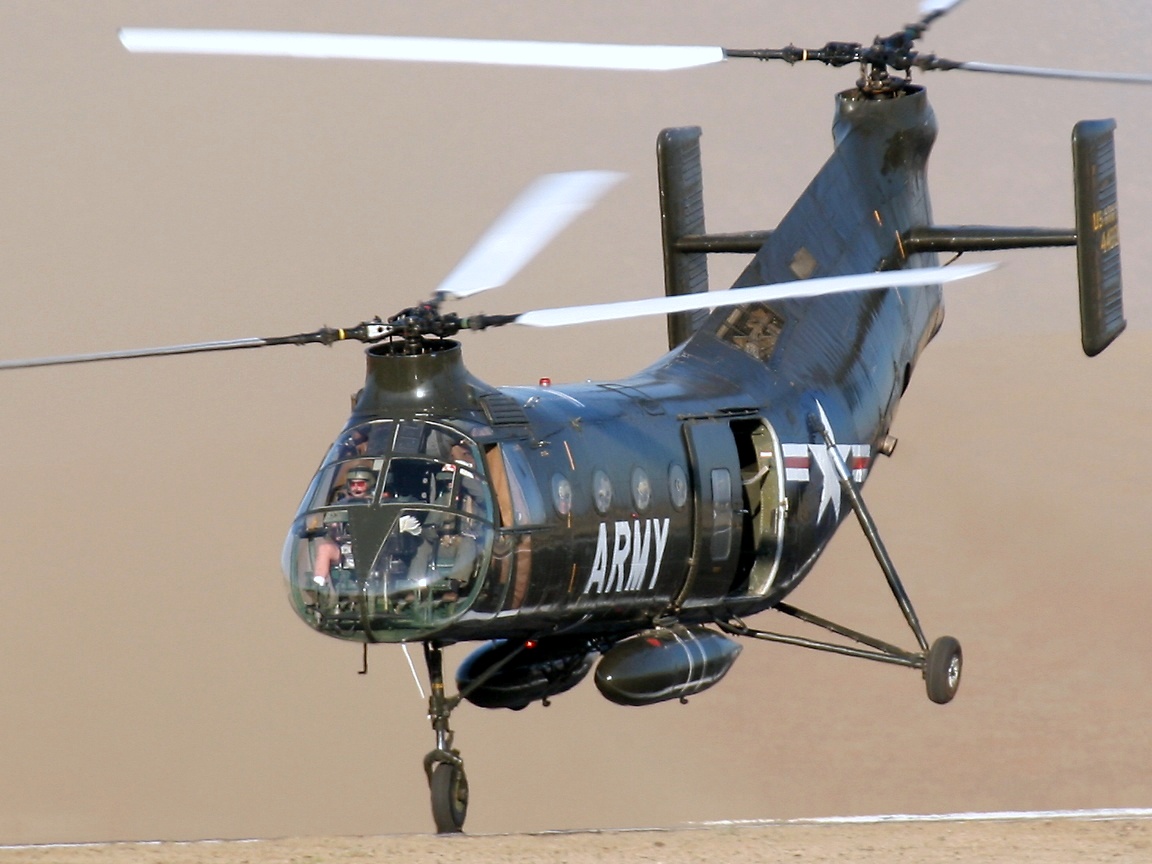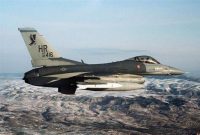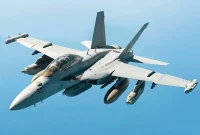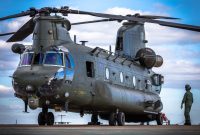The Bell UH-1 Iroquois, affectionately known as the “Huey,” stands as an iconic symbol of versatility and valor in the annals of U.S. military history. Developed and produced by Bell Helicopter, the UH-1 was the first military helicopter equipped with a turbine engine, revolutionizing air mobility. Since its inception in the 1950s, the UH-1 Iroquois has played a pivotal role in a myriad of military operations, embodying adaptability and resilience.
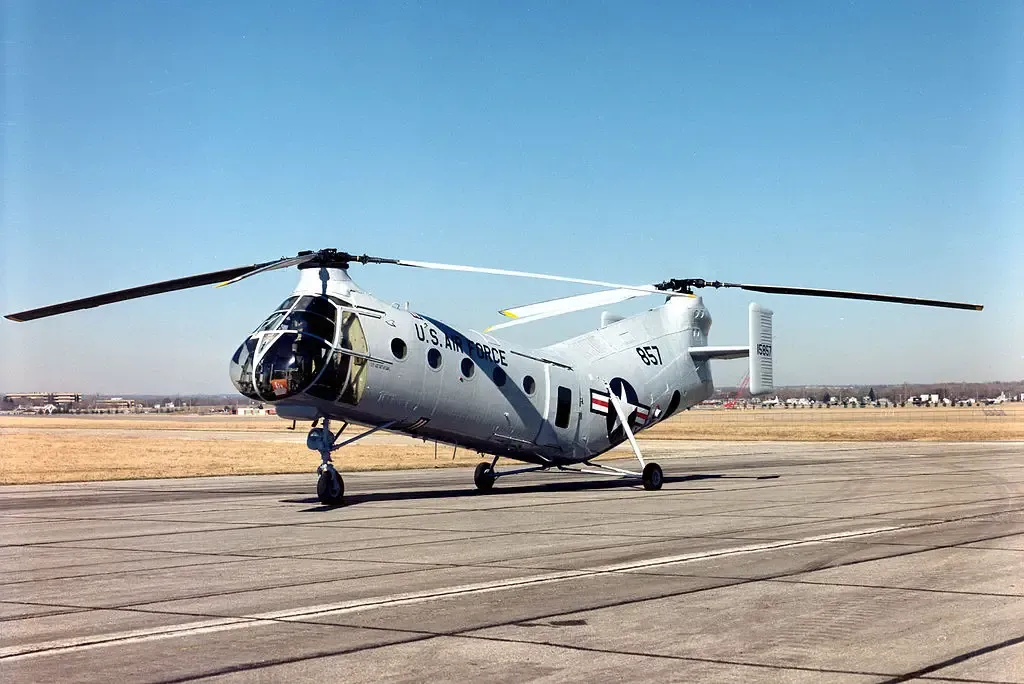
The UH-1 Iroquois marked a groundbreaking era by introducing turbine engine technology to military helicopters. This innovation significantly enhanced the helicopter’s performance, making it a trailblazer in the evolution of rotorcraft.
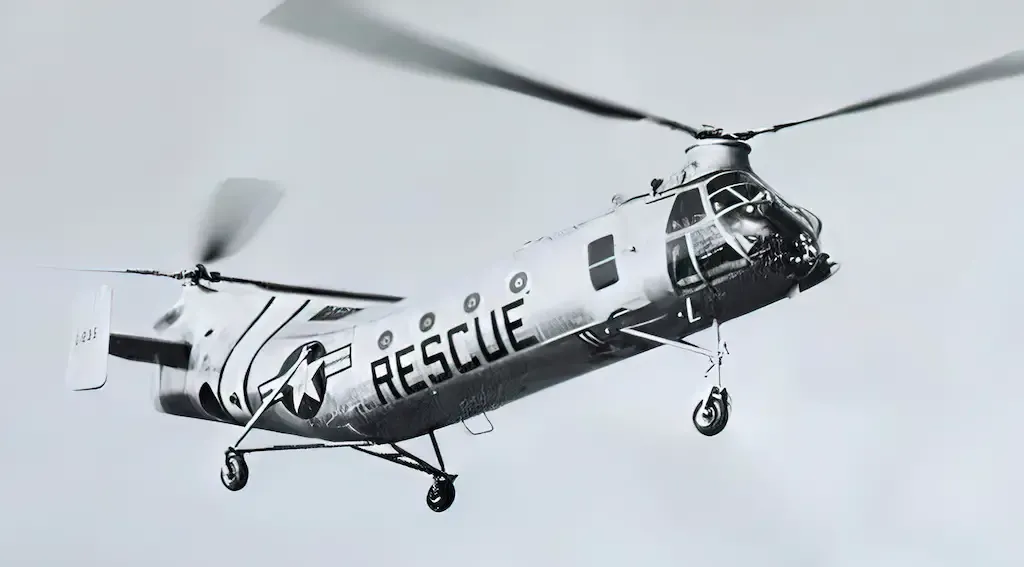
Designed to fulfill a multitude of roles, the UH-1 Iroquois became a jack-of-all-trades in the U.S. military. Its primary missions include troop and cargo transport, medical evacuation, reconnaissance, and combat. This adaptability made it a cornerstone asset in various theaters of conflict.
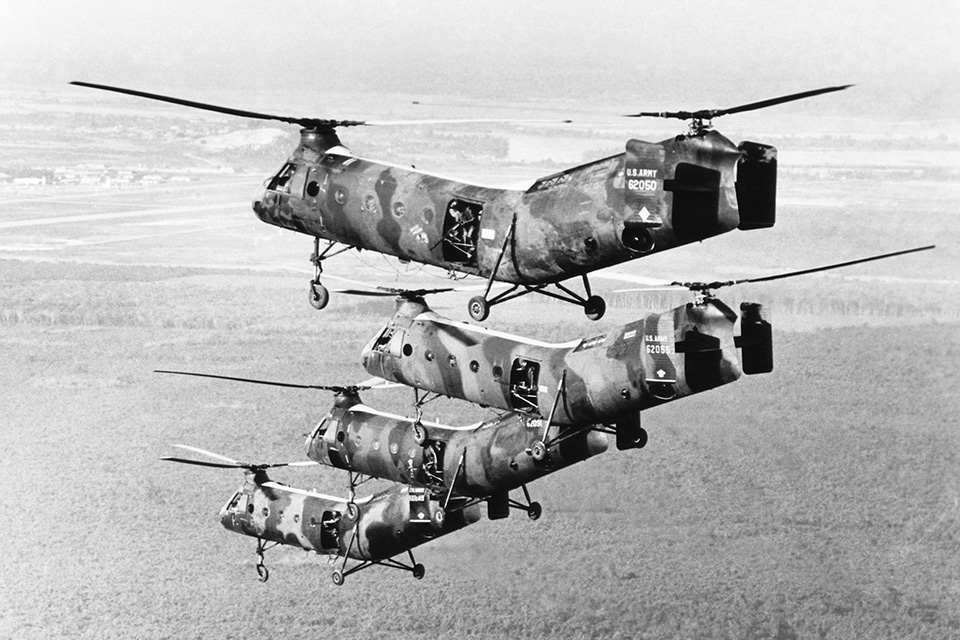
The UH-1 Iroquois etched its legacy in the sands of history through its deployments in key conflicts, including the Vietnam War, Iraq War, and Afghanistan War. In Vietnam, the Huey became an enduring symbol of the conflict, undertaking roles from troop transport to combat operations with remarkable efficacy.
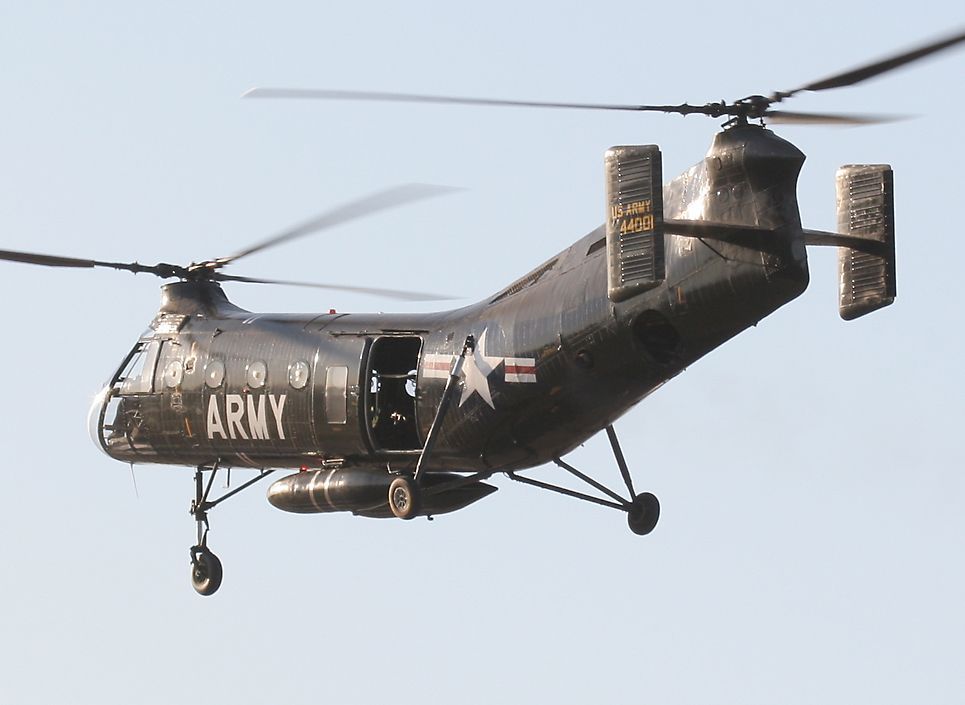
Renowned for its reliability and efficiency, the UH-1 Iroquois proved to be a valuable asset for the U.S. military. Its versatility allowed it to adapt to the evolving needs of warfare, making it a mainstay in helicopter fleets for decades.
The UH-1 Iroquois was conceptualized to meet the demands of the Cold War era, where a compact and flexible helicopter was needed. It was designed to serve as a nimble transport capable of undertaking diverse missions in varying environments.
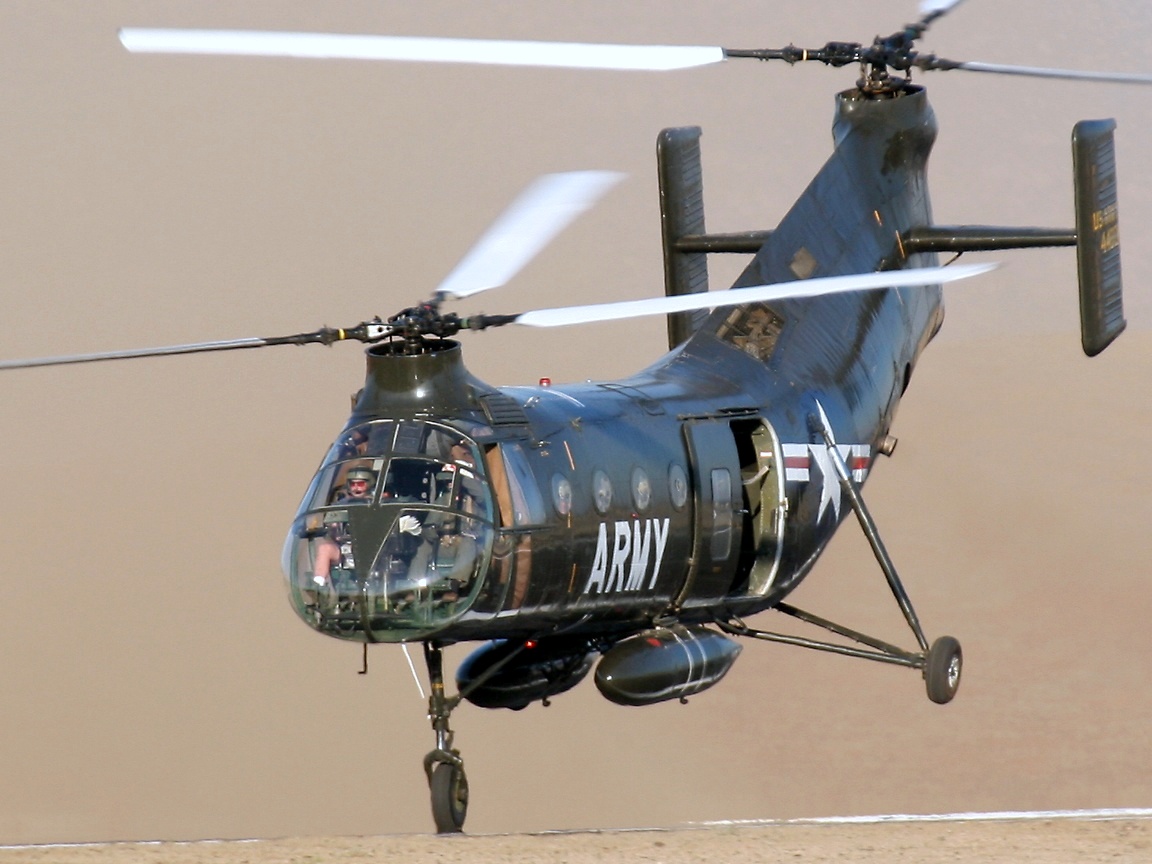
The UH-1 Iroquois successfully met all the stringent requirements set by the U.S. military during the Cold War. Its capacity to carry up to 12 soldiers or 2,500 pounds of cargo, coupled with its armament capabilities, including machine guns, rocket launchers, and missiles, solidified its status as a versatile workhorse.
The UH-1 Iroquois played an integral role in the Vietnam War, becoming a symbol of American military operations. Its utility in transporting troops, conducting medical evacuations, and engaging in combat operations showcased its adaptability and resilience in the challenging conditions of Southeast Asia.
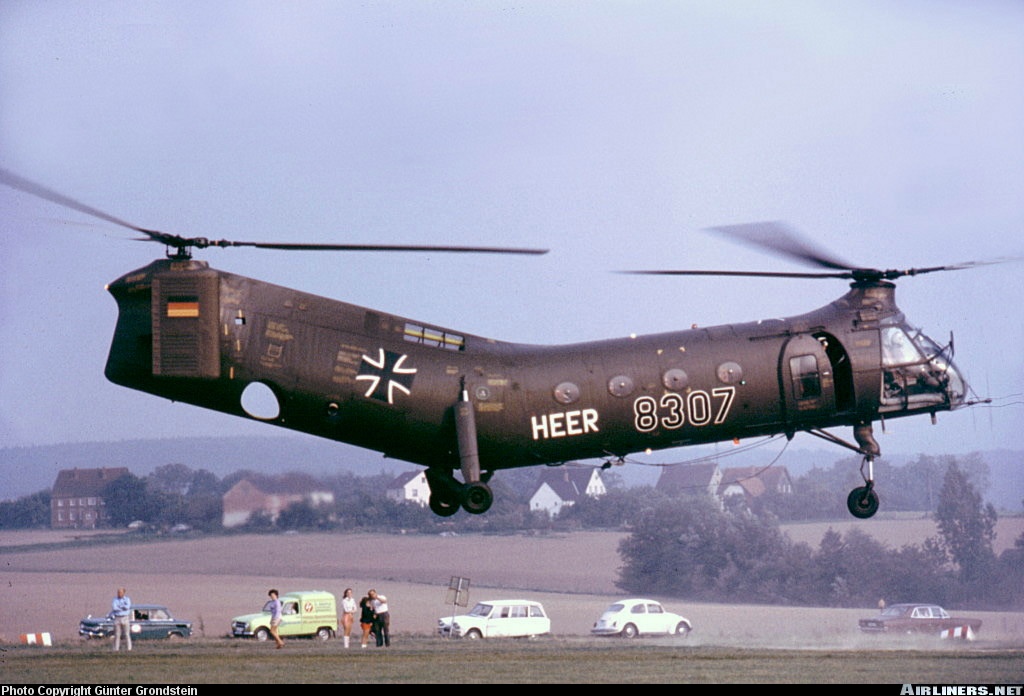
Beyond Vietnam, the UH-1 Iroquois continued to serve in subsequent conflicts, including the Gulf War and the ongoing conflicts in Iraq and Afghanistan. Its enduring presence attests to its timeless design and ability to remain relevant across generations of military operations.
Conclusion:
In conclusion, the Bell UH-1 Iroquois stands as a testament to the ingenuity and durability of military aviation. From its pioneering days as the first turbine-powered military helicopter to its enduring role in modern conflicts, the UH-1 Iroquois has proven its mettle. Its adaptability, reliability, and iconic presence in historic events make it a legendary aircraft that has left an indelible mark on the landscape of U.S. military operations. The Huey’s journey from the jungles of Vietnam to the deserts of the Middle East showcases its timeless contribution to the nation’s defense and underscores its place as a symbol of courage and versatility in the skies.

